It’s one of the most popular meals in the world.
Billions of pizzas are sold across the planet each year - there's even an official World Pizza Day every year on 9 February - but there’s actually a huge variation in pizza from country to country. While pizza is most commonly considered to be a flatbread with toppings - not everyone has stuck to the traditional rules, with some countries doubling the dough, flipping the topping order or keeping bread out of things altogether.
≥…»ÀøÏ ÷ Bitesize takes a look at different pizzas around the world ‚Äì and stays well out of the pineapple debate this time.
Neapolitan pizza
While Italy is credited with being the birthplace of pizza, there are several different styles in the country.
Roman pizza is a classic, thin crust style while Sicilian pizza is thicker and often cooked in a rectangular shape. People in Rome and Sicily may vouch that their pizza is the best, but only one style has been recognised by Unesco as culturally significant and given a protected status by the European Union.
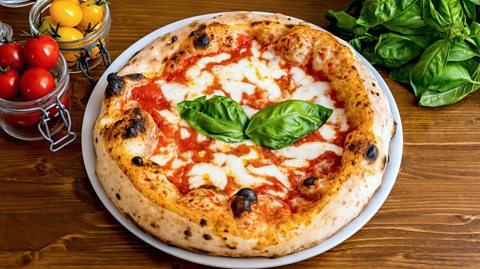
Neapolitan pizza originated in Naples, and the recipe features very strict guidelines in order for it to officially be considered a Neapolitan style.
The dough is made of flour, yeast, salt and water – always fat and sugar free. Ideally, only certain, locally grown tomatoes should be used for the sauce and the cheese needs to be buffalo mozzarella or fior di latte.
A rolling pin is never used to shape the dough - it’s typically kneaded and shaped by hand, before being cooked in a wood-fired oven for just over a minute which creates a crispy and chewy texture. Pizzas following these rules are allowed to use the Verace Pizza Napoletana certification.
Chicago deep dish pizza
As with Italy, pizza styles vary massively across the United States.
While the traditional plain slice – a very large cheesy pizza, sold in individual slices – is associated with New York, perhaps Chicago’s offering is the most unique take on pizza in the USA.
In the late 19th Century and early 20th Century, huge numbers of Europeans settled in the United States – with a large Italian community forming in Chicago.
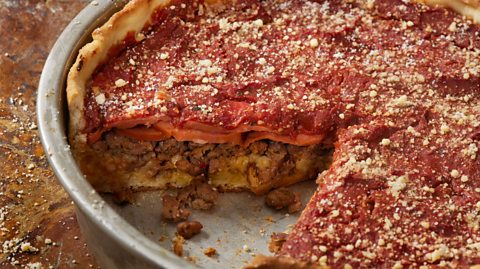
Originally, restaurants sold typical thin crust pizzas but two businessmen decided to give things an American twist.
Ike Sewell and Ric Riccardo opened a restaurant in the Near North Side neighbourhood in the 1940s that later became known as Pizzeria Uno. Their invention was deep dish pizza, prepared in an oil-coated pan.
In this style, the dough is made from white and semolina flour and gets pressed around the pan’s surface. It’s topped with mozzarella, vegetables and meats before a final topping of crushed tomatoes – reversing the order of a traditional pizza.
Fugazzetta
Argentina’s take on pizza was also inspired by an Italian immigrant.
In 1893, the Banchero family moved from Genoa in Italy to Buenos Aires in Argentina. They created a unique version of pizza known as fugazza con queso.
Fugazza derives from the Genoese word fugassa, which means focaccia - and it’s this style of bread that forms the basis of this pizza.
The focaccia-style bread makes for a spongier base. A fugazza is topped with mozzarella, onions and parmesan and has no tomato base at all.
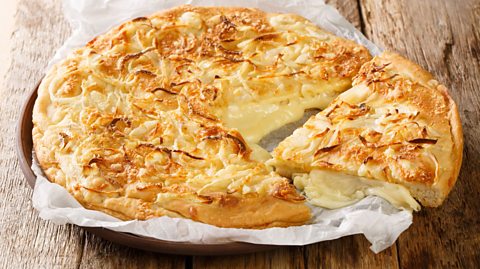
But the Argentinian evolution of pizza didn’t stop there. From fugazza came fugazzetta – with twice the amount of dough.
The fugazzetta takes two of the focaccia-like bases and places them on top of each other, with a large amount of mozzarella in between. The top of the fugazzetta is covered in onions and parmesan and the whole thing is cooked until golden brown.
Nurungji pizza
Korean-style pizzas are well known for their innovation – no ingredient is considered off limits in South Korea, with figs and sweet potato toppings regularly appearing on menus.
But while most pizzas are still made with traditional dough bases, one style uses rice to create a nice slice.
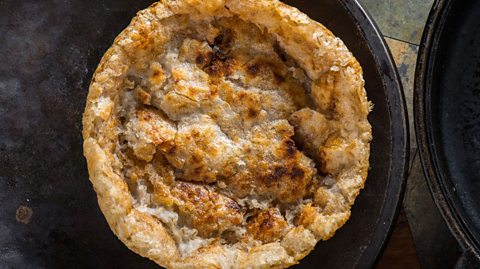
Nurungji is crispy, burnt rice that forms at the bottom of a rice cooker. It’s also known as scorched rice and is often eaten as a snack or infused in hot water to make a rice tea.
More recently, some restaurants have used nurungji to form a pizza base. The crispy rice is shaped into a circular base. The tomato base is usually replaced with gochujang – a red chilli paste – and is topped with other traditional Korean flavours such as bulgogi, which is a type of barbecued beef, along with onions and cheese.
Madfouna
Moroccan dish madfouna is thought to be thousands of years old.
Traditionally baked in a fire pit in the Saharan desert, madfouna is a stuffed flatbread. The dish originated among the indigenous Berber people – also known as the Amazigh.
Following an ancient Saharan recipe, the dough is made from flour, yeast, salt, olive oil and water and is rolled into a round shape. It’s then stretched over various toppings, such as beef, eggs, nuts, onions, herbs and spices, before being pinched closed.

It is cooked on hot stones over a fire, and then covered with a metal tin or the desert sand itself. The process creates a charred black crust on the surface, which is scraped off before the madfouna is sliced and served.
Those on the outskirts of the Sahara would usually cook madfouna in a mud oven. While they can be made in modern, conventional ovens, the traditional methods create a smoky flavour that can’t be replicated in standard ovens.
Madfouna have become very popular among tourists – with locals renaming the dish as Berber Pizza for visitors.
This article was published in February 2024
Dumplings from around the world
Dumplings are an incredibly important food in lots of cultures - here are three and their stories.
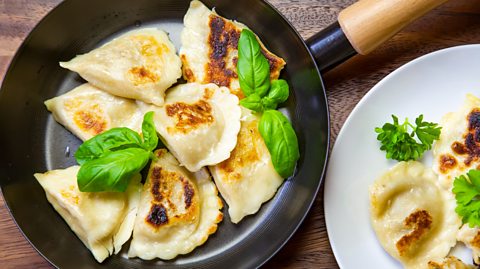
Pancake Day around the world
Shrove Tuesday often means pancakes in the UK - but how else is the beginning of Lent celebrated?

Food and drink which can claim a stamp of authenticity
How sourdough bread, matcha tea, watercress and parmesan cheese can get people talking about the 'right' way to produce it
